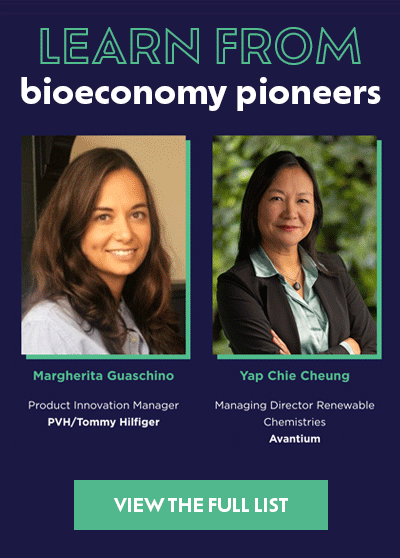Another week, another issue of Bioresearch! Join us as we look into exciting studies and innovations happening around the globe.
Methane: food for fish
Although carbon dioxide is more abundant in the atmosphere,
Methane’s global warming potential is about 85 times greater than CO2. It’s effects on air quality has caused an estimated 1 million premature deaths annually worldwide due to respiratory illnesses. Researchers from Stanford University have found a potential solution: a methane-consuming bacteria called methanotrophs. They can grow in a chilled bioreactor filled with water fed with pressurized methane, oxygen and nutrients. The resulting protein-rich biomass can be used as fishmeal in aquaculture feed.
“While some companies are doing this already with pipeline natural gas as feedstock, a preferable feedstock would be methane emitted at large landfills, wastewater treatment plants and oil and gas facilities,” said study co-author Craig Criddle, a professor of civil and environmental engineering in Stanford’s School of Engineering. “This would result in multiple benefits. including lower levels of a potent greenhouse gas in the atmosphere, more stable ecosystems and positive financial outcomes.” Read more here.
Green Ammonia
The Haber-Bosch method of producing ammonia is the most prevalent, accounting for about 90 % of total production. The processes that this method requires takes up around 1% of global energy consumption. In other words, ammonia is the most greenhouse gas-intensive chemical-making reaction globally. Scientists tried to find sustainable ways to produce ammonia, and now a team from the Technical University of Denmark have introduced a potential game-changer. Together with the team from DICP, Tejs Vegge and his colleagues from DTU, Dr Jaysree Pan and Associate Professor Heine A. Hansen, have come up with a method that could pave the way for new and more sustainable ammonia production by using much lower temperatures and pressures.
“Nature is very good at making ammonia at ambient pressure and temperatures in enzymes like nitrogenase. However, the process is very slow and impossible to scale to industrial production. We believe our research stands out in that this new class of catalysts actually lies somewhere between the biological and the industrial processes. It has something from the human, artificial process — heterogeneous catalysis — and something from what goes on in enzymatic and homogenous catalysis. It is an entirely new way of making ammonia, and we’re using the best of both worlds allowing us to lower the temperature and pressure significantly,” said Tejs Vegge. Find more information on green ammonia research here.
Microbes for the Petrochemical Industry
The petrochem industry turns oil and gas into precursors used to synthesize lubricants and other products. A team of chemists from the University of California, Berkeley, and the University of Minnesota have engineered bacteria that can create similar precursors, providing a sustainable replacement for fossil fuels. The engineered microbes make hydrocarbon chains that can be deoxygenated more easily and using less energy. The chains can be broken down into shorter chains and polymerized into plastics, or lengthened to make products such as diesel. And the best part? These bacteria only need glucose.
“Part of the issue with trying to move to something like glucose as a feedstock for making molecules or to drive the chemical industry is that the fossil fuel structures of petrochemicals are so different — they’re usually fully reduced, with no oxygen substitutions,” said Michelle Chang, UC Berkeley professor of chemistry and of chemical and biomolecular engineering. “Bacteria know how to make all these complex molecules that have all these functional groups sticking out from them, like all natural products, but making petrochemicals that we’re used to using as precursors for the chemical industry is a bit of a challenge for them.” Read the rest of the report here.

















